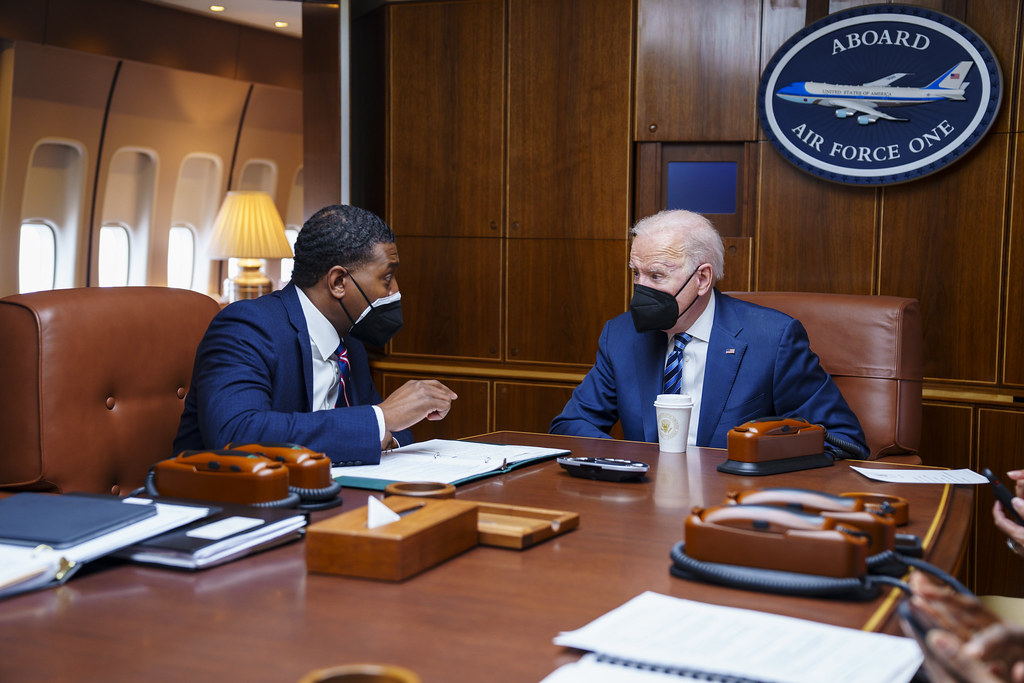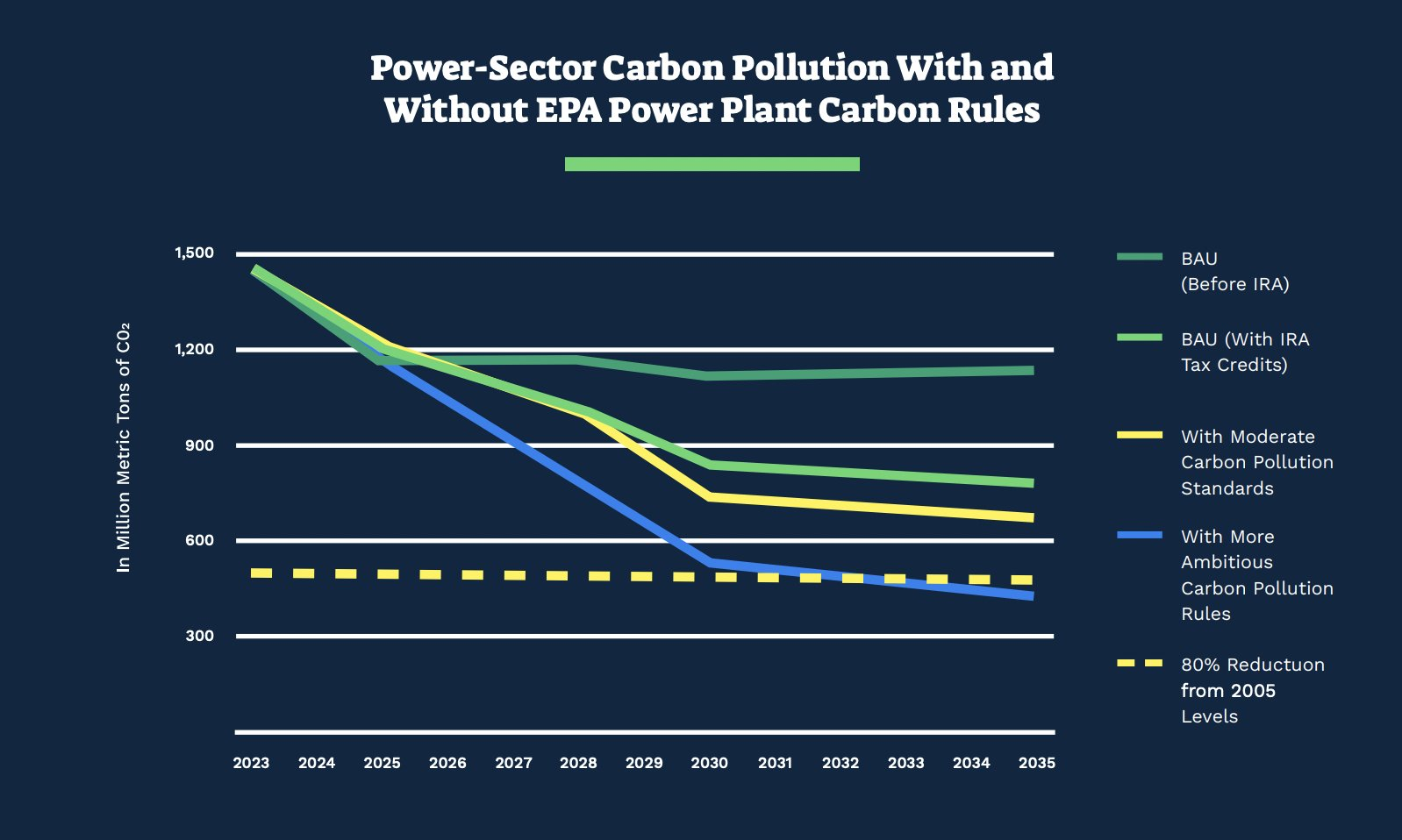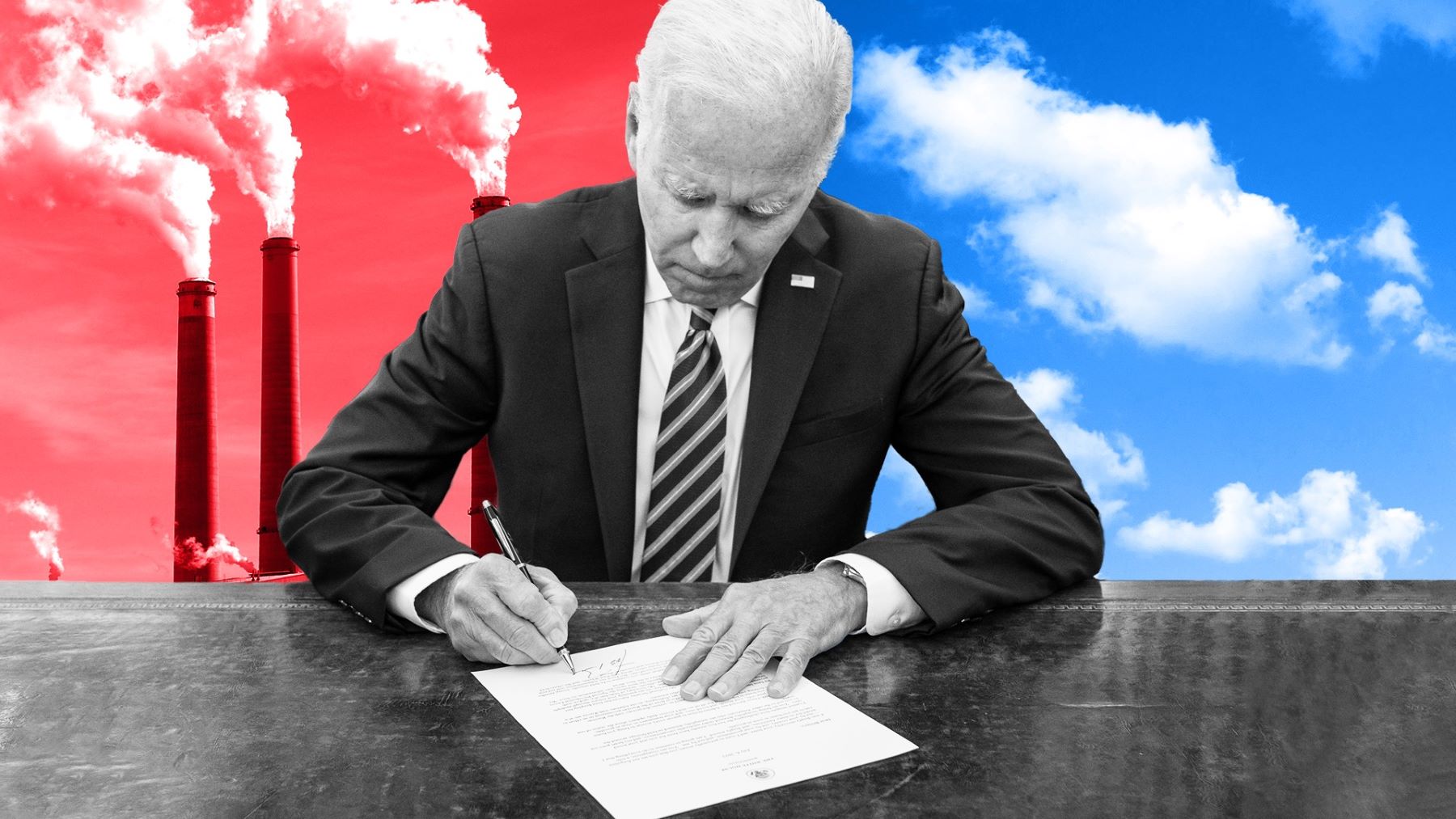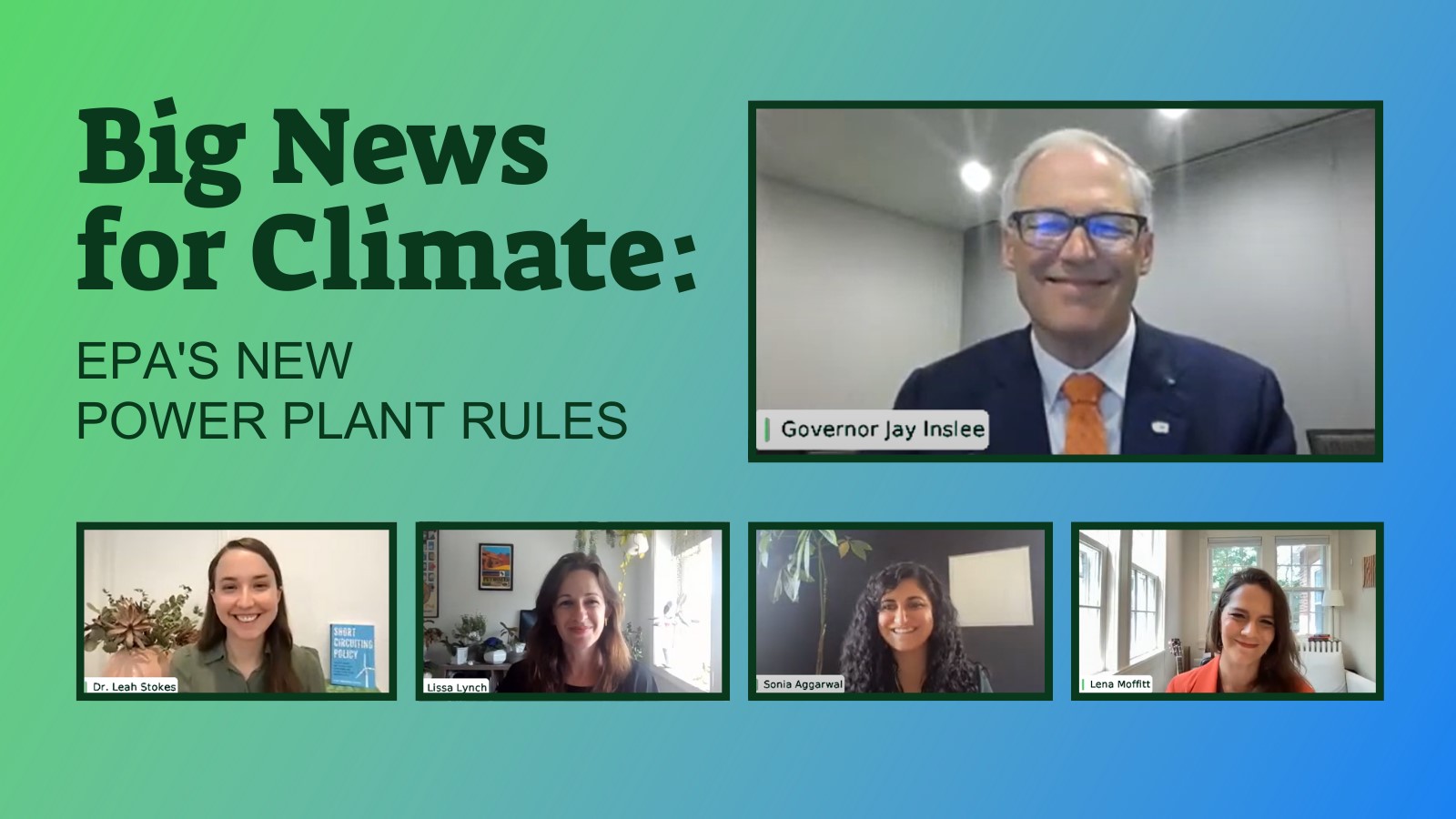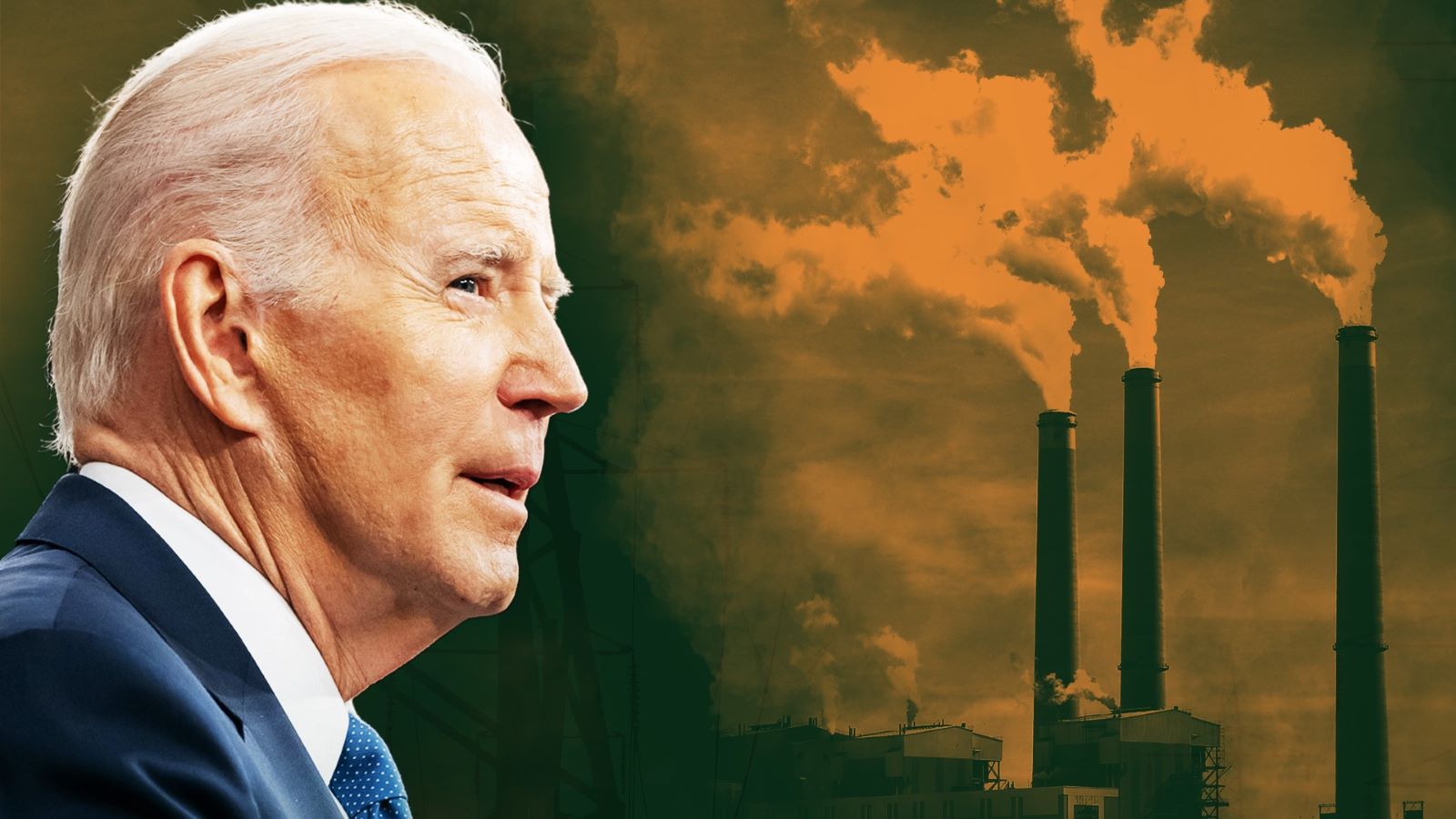Modeling from Evergreen and NRDC’s recent paper, Powering Toward 100 Percent Clean Power, lays out the stakes. The Inflation Reduction Act could reduce power-sector carbon pollution to 66 percent below 2005 levels by 2030. That’s a big improvement, but it’s still short of the 80 percent target that President Biden needs to hit. By setting ambitious 111(b) and 111(d) standards, EPA could get us to a 77 percent emissions reduction this decade, keeping President Biden’s clean power goals within reach.
EPA has the authority—and duty—to regulate carbon pollution
You might be wondering how the Supreme Court plays into all of this. Last summer, the Supreme Court released its decision in West Virginia v. EPA, a case about President Obama’s proposed 111(d) regulation—commonly referred to as the Clean Power Plan. In that decision, the court did not revoke EPA's authority to regulate carbon pollution from power plants under the Clean Air Act—saying only that it can’t set standards based on "generation shifting," or replacing fossil fuels with cleaner generation.
EPA's core authority to regulate carbon pollution from power plants remains intact. In fact, the Inflation Reduction Act recently reinforced this authority by amending the Clean Air Act to explicitly clarify that EPA must regulate carbon pollution under the Act—and that Congress intends EPA to regulate carbon pollution from power plants specifically.
What President Biden and EPA Administrator Regan must do
Now, however, delays from EPA mean President Biden is at risk of failing to use these tools all together. He must go further, faster.
EPA should set new rules that conform to West Virginia’s constraints, by setting standards based on technology that causes individual plants to “operate more cleanly.” This is sometimes called an “inside-the-fenceline” approach, because it focuses on technology that reduces emissions at the power plant itself. These inside-the-fenceline technologies, as mentioned earlier, allow for significant carbon pollution reductions of at least 90 percent. EPA and President Biden must act accordingly.
And, they must do it quickly. EPA delayed the planned release of these two vital rules until summer 2024. President Biden needs to act much faster to ensure that these climate rules are finished during his first term. Without moving faster, court challenges and lengthy notice and comment periods risk leaving these rules unfinished—and President Biden’s campaign promises on climate unfulfilled. He cannot afford to miss this moment.
Fossil fuel plants—and their air pollution—are harming the climate and communities across the country. Without finalizing ambitious 111(b) and 111(d) rules, President Biden will be leaving communities out to dry—and breaking his campaign promise to the American people of 100 percent carbon-free electricity.
Join us in telling President Biden that power plant pollution standards can’t wait. He must use his most effective climate tools, and fast.
